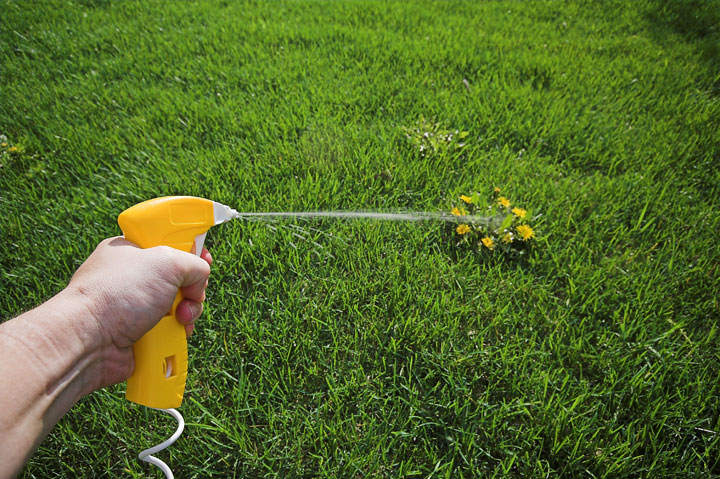
Have you ever dreamed of growing your own citrus fruits? Or just having a gorgeous lemon tree in your kitchen to enjoy throughout the seasons? Even if you don’t live in the ideal climate, you can still achieve success with growing citrus trees if you follow these handy guidelines.
What you need to know about growing citrus trees
1. If you are a beginner or live in a less than ideal climate for growing citrus trees, start your plant out in a container. Citrus trees do well in containers because you can control the moisture in the soil as well as their exposure to light and sun. You can move them indoors on cool nights and outside on sunny days.
2. Citrus like to be consistently moist. Don’t let them dry out and don’t make them too soggy. The easiest way to do this is to check them daily or every other day and have a regular watering schedule. You can also water them from the bottom with a tray of gravel.
3. Bring citrus trees inside for the winter if temperatures get below 32 degrees F. Keep the trees in a sunny area. They love patios, decks and areas under roofs that are a little more protected from the elements and are a bit warmer than the rest of the garden. Bonus: They double as beautiful decor in these rooms!
4. Orange and lemon trees love to be fed. Use seaweed or a general organic citrus fertilizer to keep leaves healthy and encourage blossoms and fruit. Test your soil and consult your local nursery to see exactly what your tree might need.
5. Keep picking fruit as the tree produces. The more you pick, the more it will create!
6. Keep your plants in well drained soil. Add a bit of peat and some gravel at the bottom of your container. Keep them in full sun as much as possible. A good rule of thumb is to give them about an inch of water a week.
7. Most citrus trees are self-fertilizing, so you only need one!
8. Remove dead leaves, branches and fruit to encourage new growth. Keep the soil healthy by removing dead leaves or debris around the base.
9. Mulch your trees with straw to keep the soil consistently moist and keep weeds at bay.
10. Prune your tree to a desired shape and remove dead branches and leaves to keep the tree as healthy and disease-free as possible. Prune trees in late winter or early spring before the flowers bloom. Prune the shoots and suckers. Do not prune in the depth of winter because pruning encourages new sprouts, which could be killed off during cold winter months.





Leave a Reply